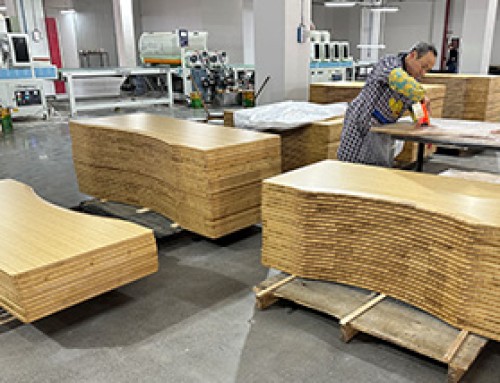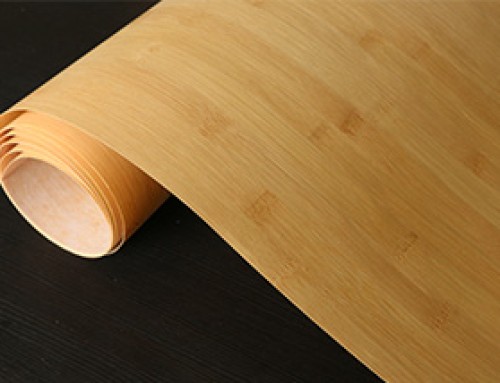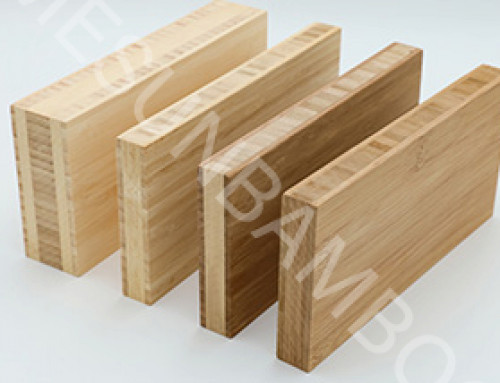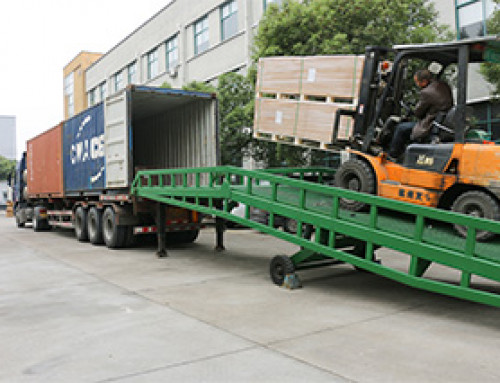| Bamboo Boards | Bamboo Veneer Sheets | |
|---|---|---|
| Construction | 1 layer | Cross-laminated multi-layers construction |
| Top Layer Thickness | 3mm | 0.6mm |
| Backing | / | Cellulose fleece |
| Density | ±700 kg/m3 | ±700 kg/m3 |
| Equilibrium MC | 10% at 20°C and 65% rel. Air Humidity 8% at 20°C and 50% rel. Air Humidity |
10% at 20°C and 65% rel. Air Humidity 8% at 20°C and 50% rel. Air Humidity |
| Resistance to Indentation – Brinell Hardness | ≥ 4 kg/mm2 | depending on the used substrate (EN 1534) |
| Formaldehyde emission | Class E1 (< 0.124 mg/m3, EN 717-1) Class E0 (< 0.025 mg/m3) |
Class E1 (< 0.124 mg/m3, EN 717-1) Class E0 (< 0.025 mg/m3) |
| Applications | 1-Ply Panel is mainly used as a panel covering material, where the bamboo is pressed, double-sided, on a base (for example MDF or chipboard)
Such as wall panels, ceilings, flooring, furniture(tabletops, cabinetry, etc), doors, road signatures, interior acoustic wall panels, and curving crafts(coasters, lids, cake toppers, cards etc..) |
A multi-layer veneer sheet is normally pressed on both panels (like chipboard, multiplex, or MDF/HDF, plywood), Such as longboards, surfboards, skateboards, and other products like (cups, sunglass boxes, notebooks, fan blades, air phones, lamp shades), and furniture with other materials ( wave chairs, tabletops). Depending on its best flexible physical properties, the veneers can perfectly stick to surfaces of complex shapes like the car center console |
3mm veneer sheets have wider applications than the same thickness bamboo boards. Veneer sheets are more flexible and can perfectly stick on the surfaces of round edges, corners, and other complex shapes without worrying about cracks. About 3mm bamboo boards are recommended to stick on the surfaces of straight boards to be desktops, tabletops, and so on.




Leave A Comment